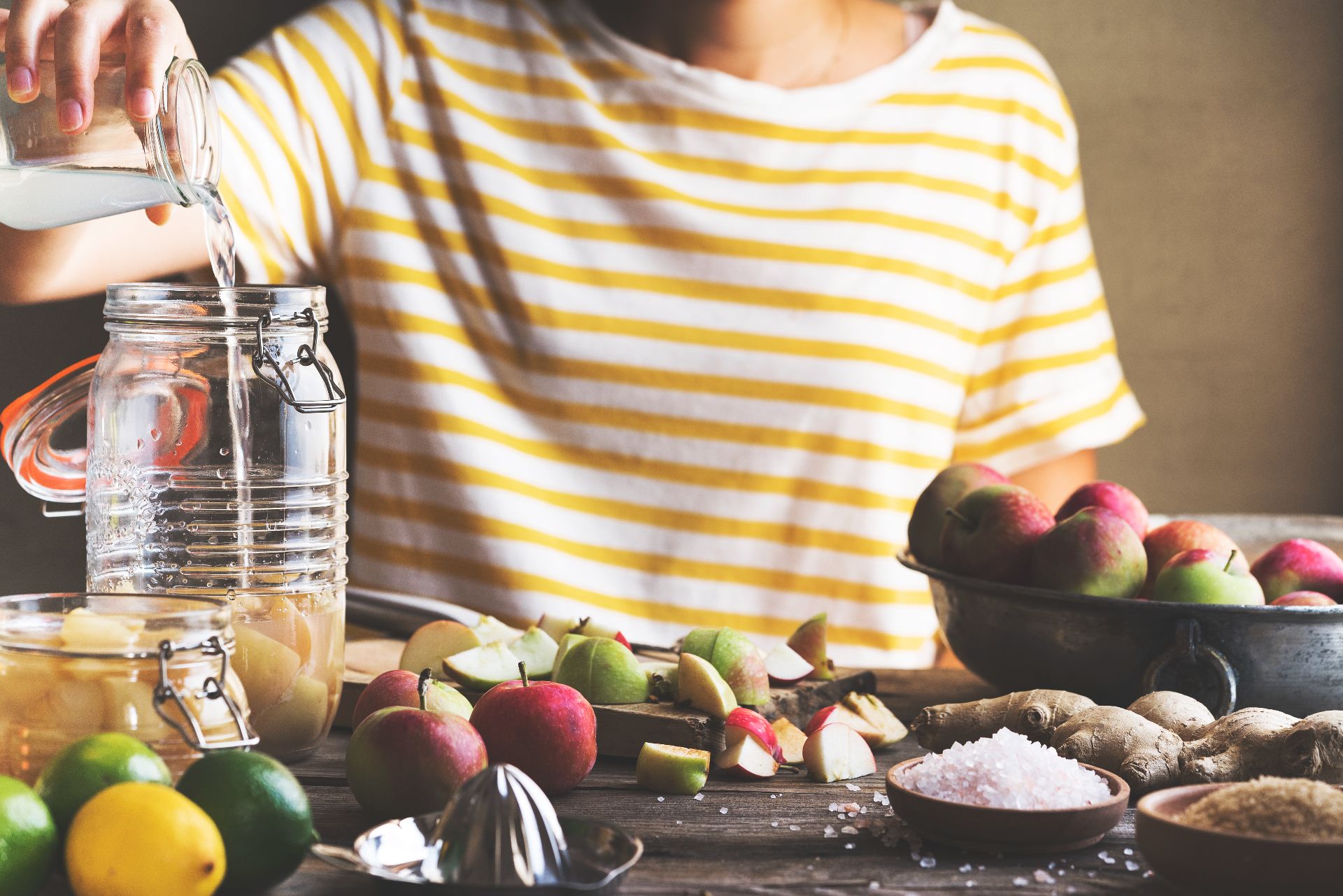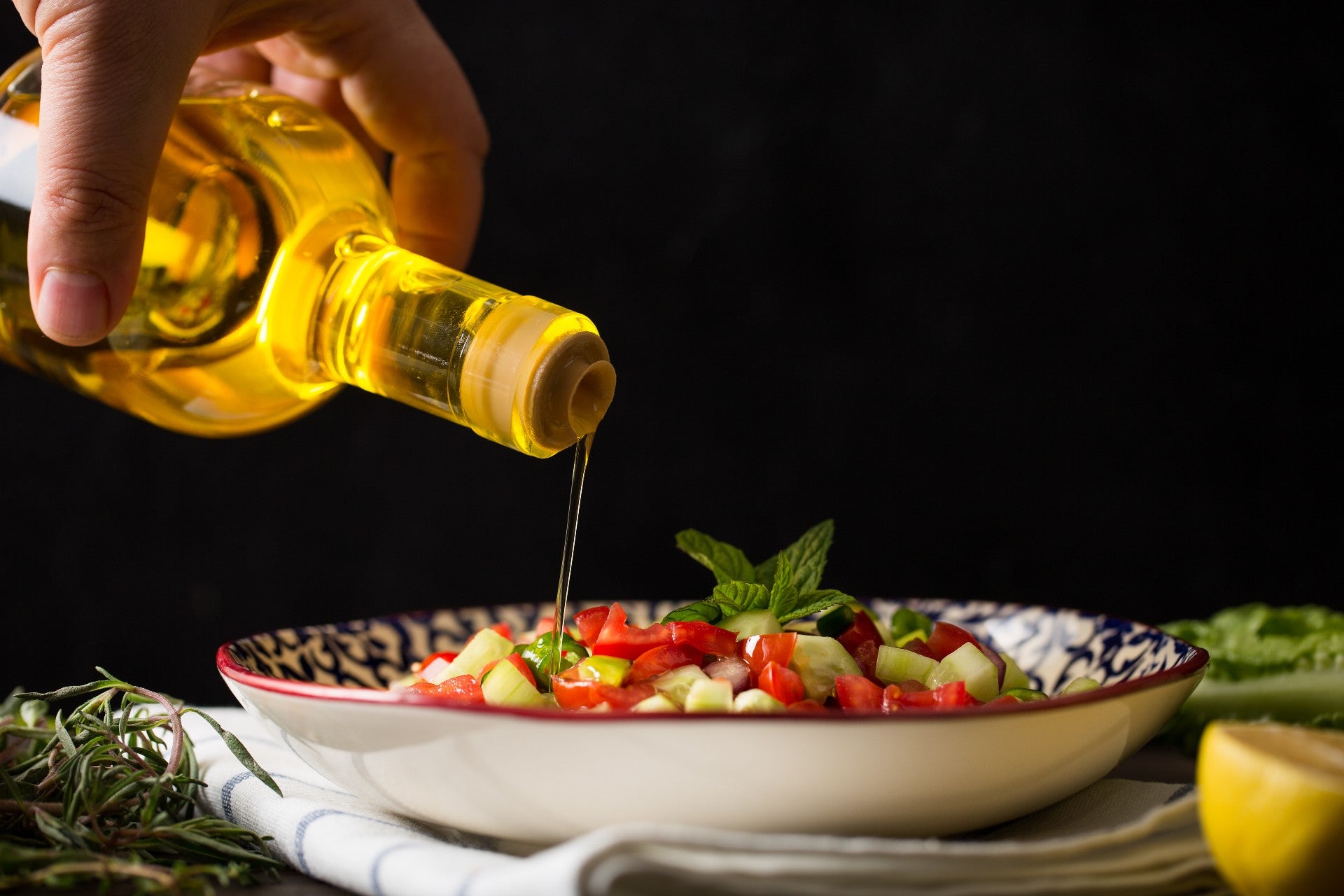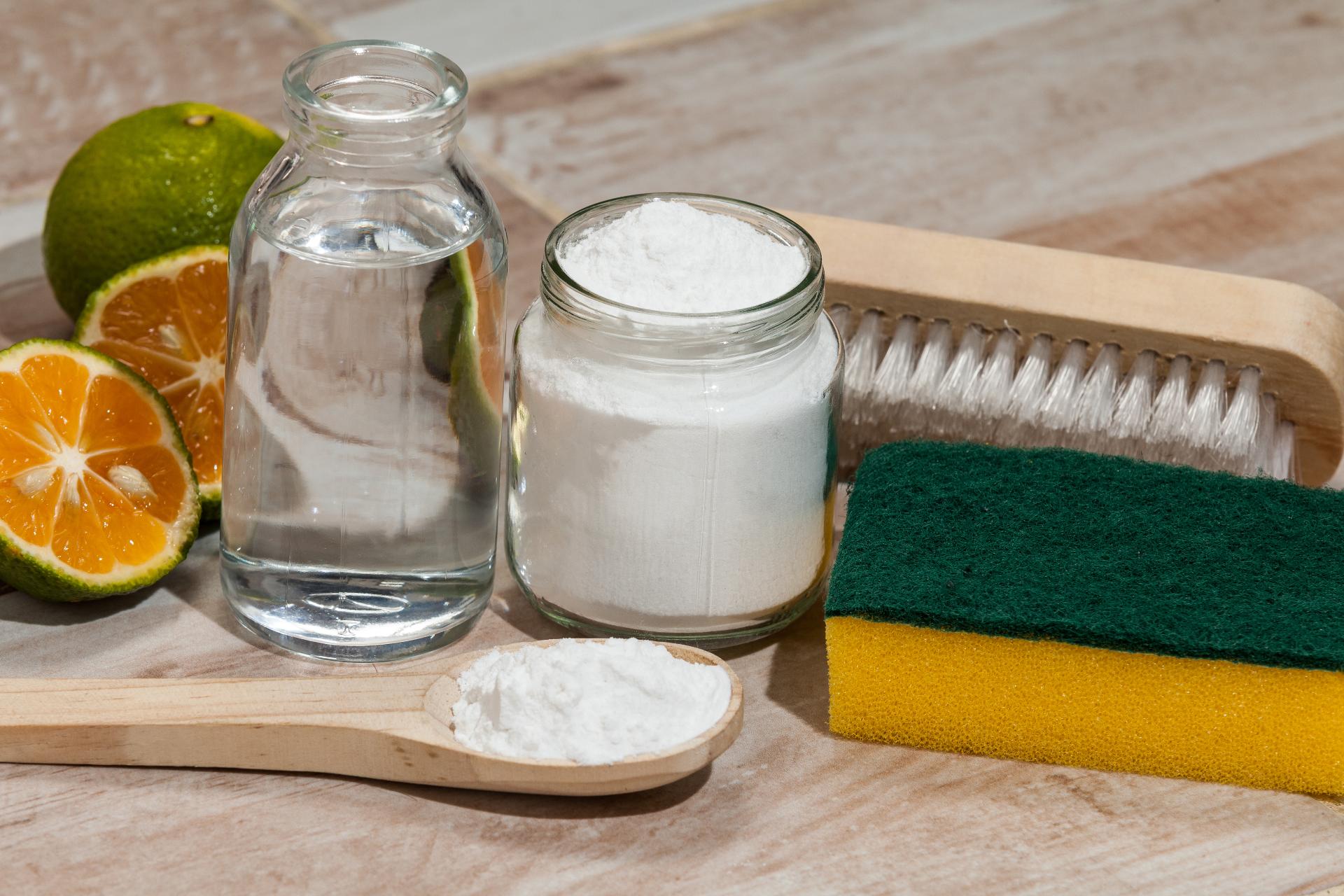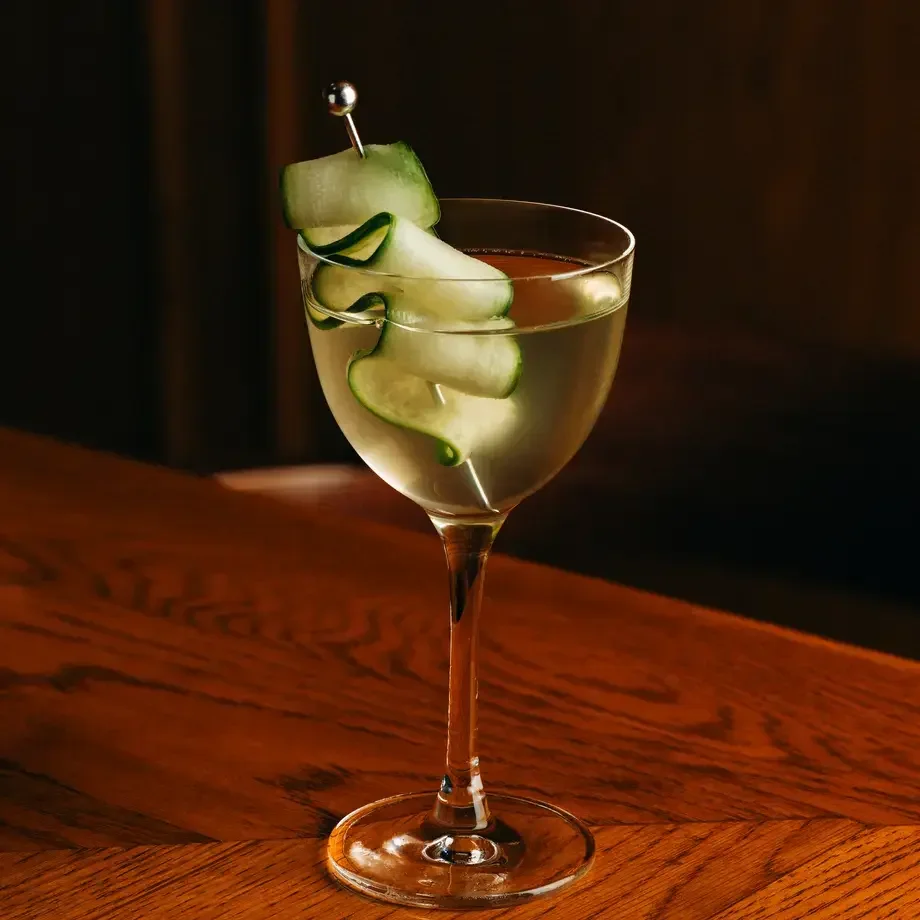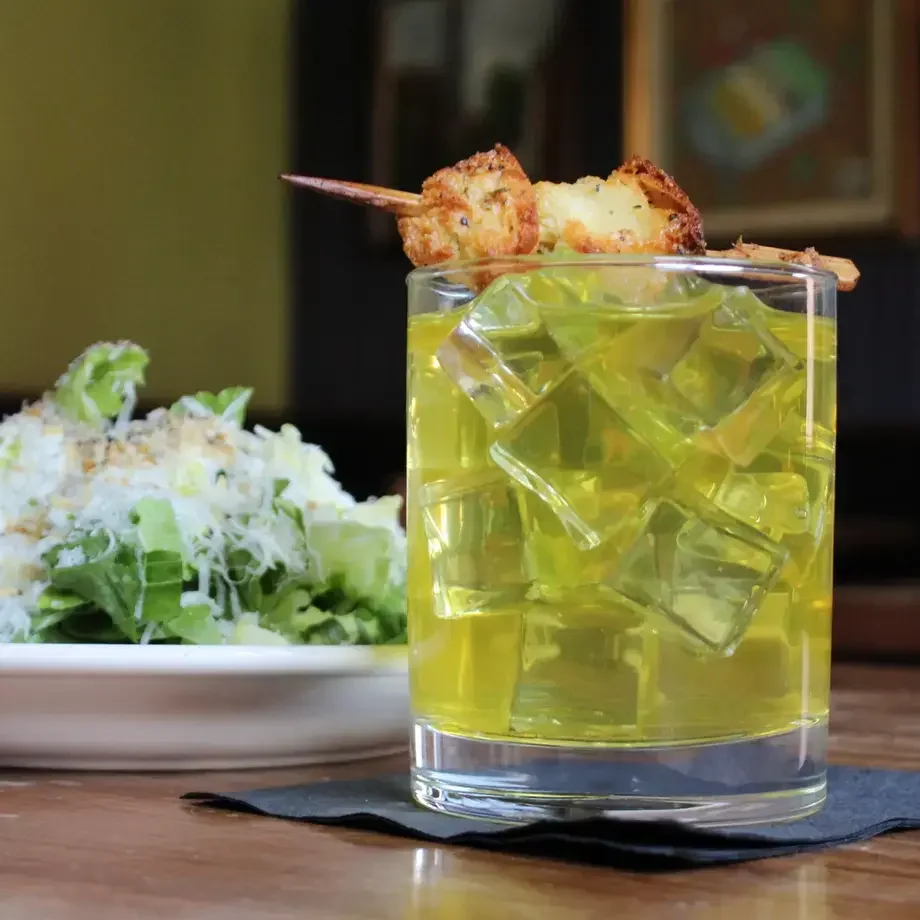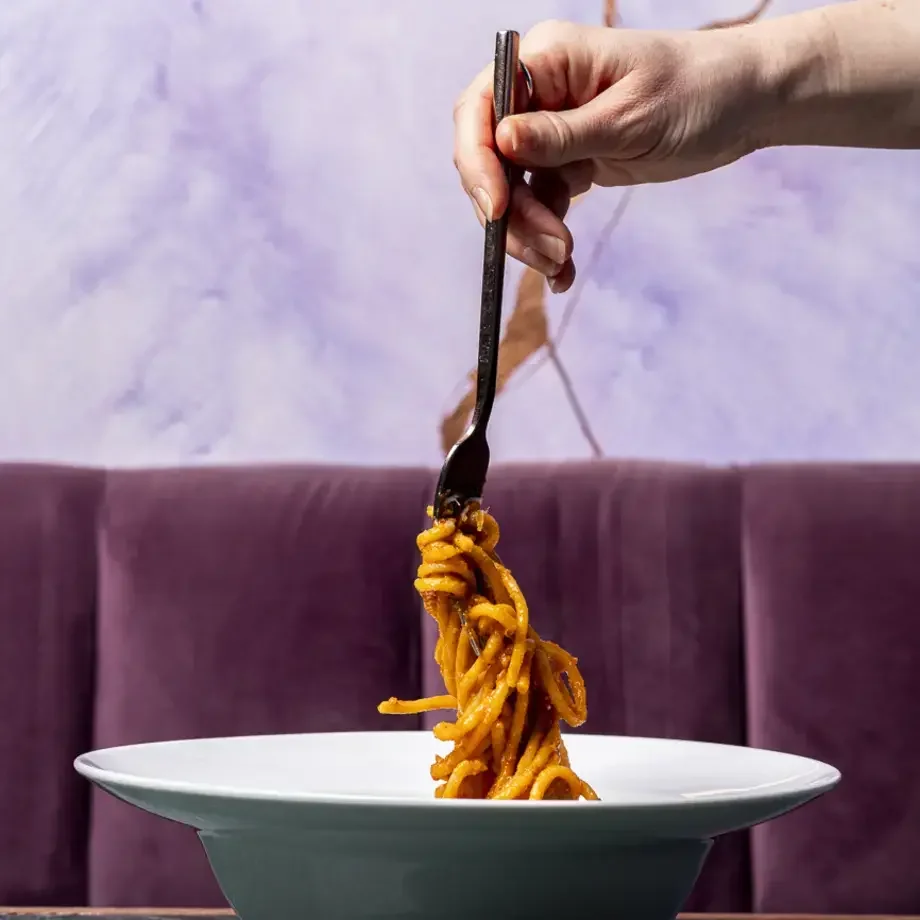Instead, pop it into some more wine or cider and let the bacteria (specifically mycoderma aceti) work its magic with a little help from our old friend oxygen. Leave it to its own devices for a few weeks in a warm spot and you’ll soon be able to enjoy your own homemade vinegar.
Here we’ll show you how to make your own vinegar mother, whatever alcohol you decide to make it from, and begin your own journey into vinegar making.
How to make vinegar mother
All you need to create your own vinegar mother is a large glass jar, a bottle of alcohol, a bottle of vinegar, and a warm place. The rest is patience.
Step one: Choose your time and place
The ideal temperature for creating a vinegar mother is about 60–80°F / 15–25°C, so it’s a good idea to plan what time of year you want to start making it in advance. If you live in quite a temperate climate, you may not need to think about this too much.
You may be able to counteract hostile temperatures with a smart choice of location. For instance, if it’s too cold, try starting your batch of vinegar off in the airing cupboard or by a radiator for a week or so. If it’s too hot, your batch may benefit from a cool cellar or similar environment.
Step two: Prepare your alcohol and vinegar
You’re free to experiment, but some alcoholic drinks are much better suited to producing vinegar than others. This isn’t just a matter of taste, but also ease. The best alcohol drinks for creating your first vinegar mother are:
- Red wine
- White wine
- Rice wine
- Cider
- Beer
There are three important things to note at this stage:
- You can create a vinegar mother in one type of alcohol and then use it to turn other types of alcohol into vinegar. (For instance, an apple cider vinegar mother will turn a red wine into red wine vinegar with no problems, and vice versa.)
- Stronger alcohols will make it difficult for bacteria to grow. It’s easier to create a vinegar mother in alcoholic drinks under 6% ABV but you can always dilute them (as you will need to with wines) or cook some of the alcohol out. (Obviously, dilution is the much easier method.)
- Use a good quality alcohol. Organic, unfiltered and unpasteurised are desirable if you can get your hands on them. Additives like sulfites (common in wines) can disrupt the fermentation process and make it difficult for a vinegar mother to form.
That last point should also inform your choice of vinegar. Whatever its base alcohol, a 'live' vinegar (unfiltered and unpasteurised) will make starting the fermentation process much easier.
Step three: Combine and wait
Before you start making your vinegar, it’s important to deal with potential sources of contamination. Use a non-reactive jar (in other words, glass), wash your hands thoroughly, and remove all metal jewellery (especially from your hands and wrists).
Now take equal parts of your choices of alcohol (diluted if necessary – see above) and vinegar.



